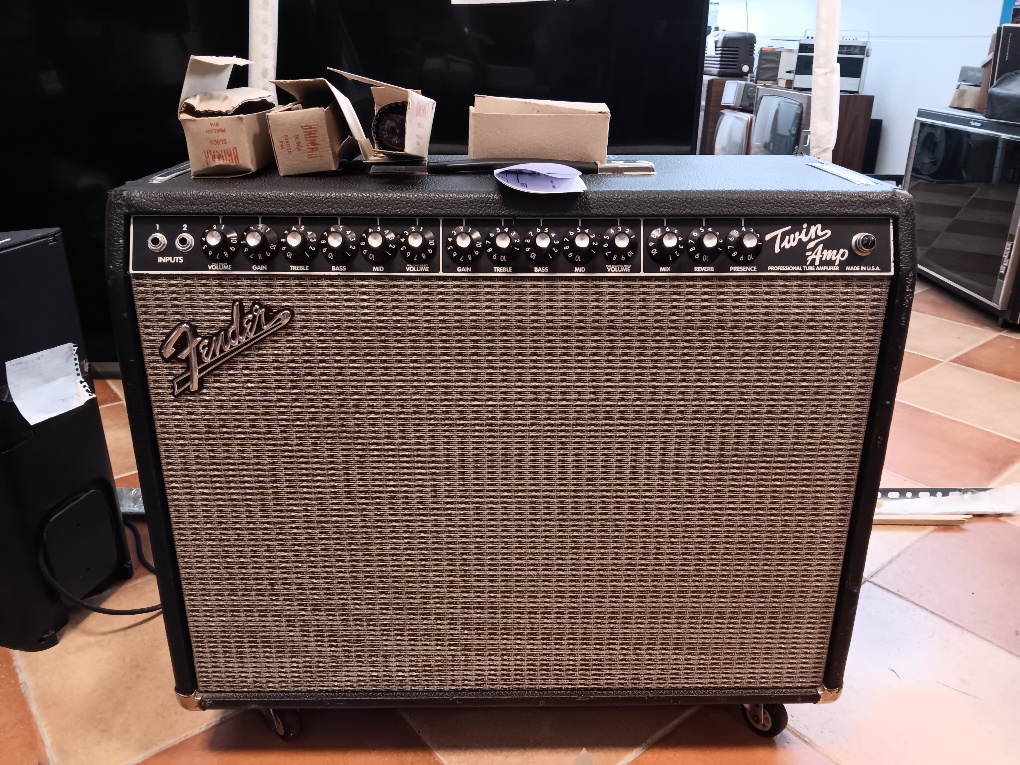
Nice big 94 Fender-Twin came in the other day. Report was that the second channel was dead and as a passing comment, the owner said it smells of burning. Ummm.
A quick visual inspection, couldn’t see anything odd, so power up with the current limiter in. Without the Standby HT switch on, all seemed ok. With the standby ON, nasty 100 Hz hum and a consumption of some 250 watts. Not good. Then saw two of the four 6L6C output valves glowing their anodes cherry red. Switch off and remove the chassis.
The screen feed resistors to the 6L6Cs all looked stressed, indeed 2 were open circuit. All four valves out and sent to the AVO valve tester for interrogation, after having been injected with Sodium Pentothal. Two were found to be very low emission and the other two when tested, sent the AVO into a hissy-fit.
With the output valves removed and the amp powered up, checked for grid bias and grip drive and all seemed to be okay. Replaced the 470 Ohm screen resistors and powered up. Four new 6L6Cs fitted. All appeared to be fine, set the bias on the cool side and adjusted the drive balance.
Now for the missing channel. Indeed it was dead. After some scratching of heads and scoping around, the signal was lost at the Treble potentiometer in the tone stack. This was open circuit. You have to remove the long control board with all it’s 14 knobs and sockets. Then carefully bring the board away from the front panel whilst watching all the interconnecting wires break off. Replaced potentiometer and dealt with some very questionable component replacement and soldering on the main board. Also noted that the loudspeakers were wired incorrectly and the output impedance was set totally incorrectly.
All reassembled and working well. These things have a lot of gain and make one hell of a sound.
El otro día llegó una Fender Twin del 94, una gran y bonita. Informaron que el segundo canal estaba muerto y, como comentario casual, el dueño dijo que olía a quemado. Mmm.
Tras una rápida inspección visual, no vi nada extraño, así que la encendí con el limitador de corriente puesto. Sin el interruptor de Standby HT activado, todo parecía estar bien. Con el standby activado, se oía un zumbido desagradable de 100 Hz y un consumo de unos 250 vatios. Mal. Entonces vi que dos de las cuatro válvulas de salida 6L6C tenían los ánodos al rojo vivo. Apagué y quité el chasis.
Las resistencias de alimentación de la pantalla a las 6L6C parecían estar estresadas; de hecho, dos estaban en circuito abierto. Las cuatro válvulas se sacaron y se enviaron al comprobador de válvulas AVO para su análisis, tras haberlas inyectado con pentotal sódico. Dos resultaron tener emisiones muy bajas y las otras dos, al probarlas, provocaron un ataque de nervios en el AVO. Con las válvulas de salida retiradas y el amplificador encendido, comprobé el polarizador de la rejilla y el excitador de la empuñadura, y todo parecía estar bien. Reemplacé las resistencias de pantalla de 470 ohmios y lo encendí. Instalamos cuatro 6L6C nuevos. Todo parecía estar bien; ajustamos el polarizador en el lado frío y el balance del excitador.
Ahora, el canal que faltaba. Efectivamente, estaba muerto. Después de rascarme la cabeza y explorar un poco, se perdió la señal en el potenciómetro de agudos de la pila de tonos. Era un circuito abierto. Hay que retirar la placa de control larga con sus 14 perillas y conectores. Luego, separe con cuidado la placa del panel frontal mientras observa cómo se rompen todos los cables de interconexión. Reemplacé el potenciómetro y solucioné algunos problemas de reemplazo y soldadura en la placa principal. También noté que los altavoces estaban mal cableados y la impedancia de salida estaba configurada de forma totalmente incorrecta.
Todo reensamblado y funcionando correctamente. Estos aparatos tienen mucha ganancia y producen un sonido espectacular.





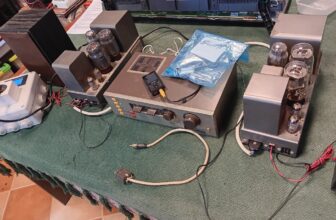
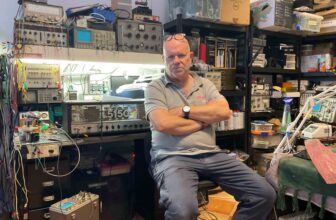
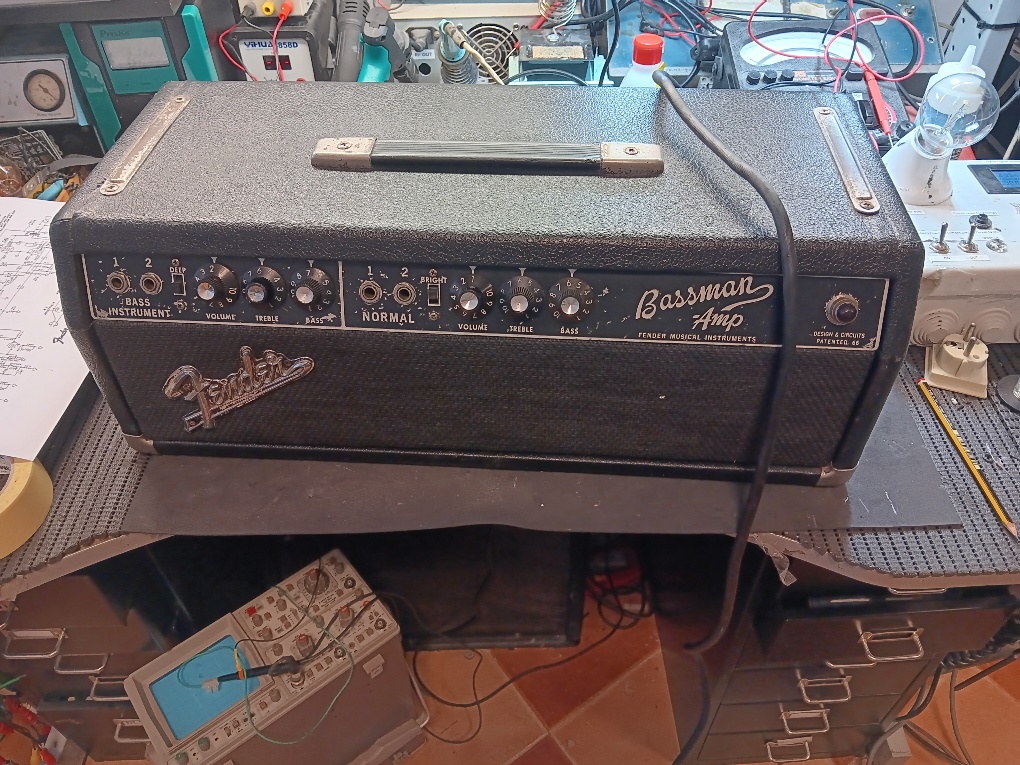
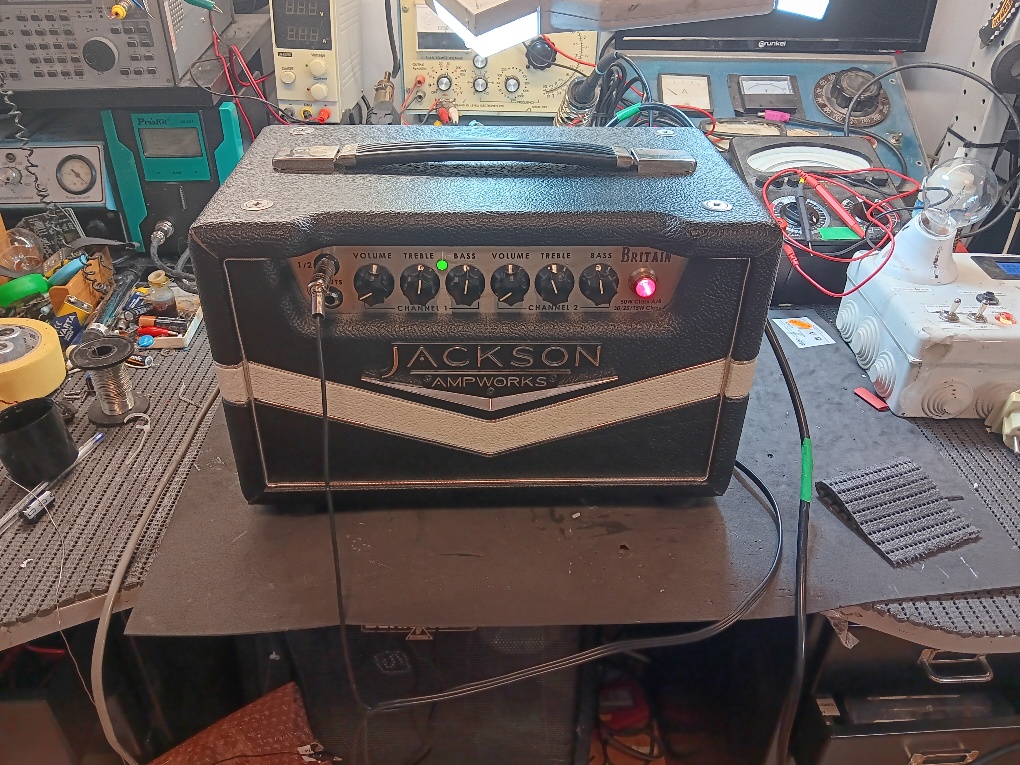
Proffessinalism always. I m so happy to have your services seth . Thank you